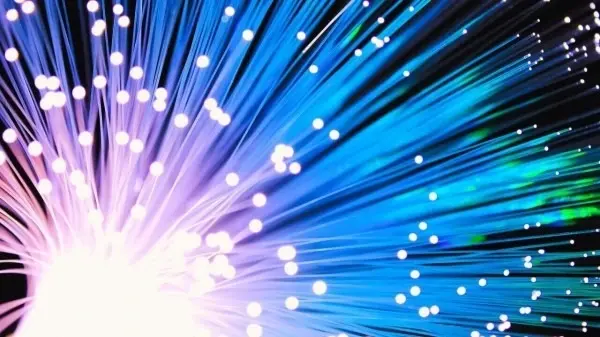this post was submitted on 24 Jul 2023
68 points (100.0% liked)
Technology
37730 readers
376 users here now
A nice place to discuss rumors, happenings, innovations, and challenges in the technology sphere. We also welcome discussions on the intersections of technology and society. If it’s technological news or discussion of technology, it probably belongs here.
Remember the overriding ethos on Beehaw: Be(e) Nice. Each user you encounter here is a person, and should be treated with kindness (even if they’re wrong, or use a Linux distro you don’t like). Personal attacks will not be tolerated.
Subcommunities on Beehaw:
This community's icon was made by Aaron Schneider, under the CC-BY-NC-SA 4.0 license.
founded 2 years ago
MODERATORS
you are viewing a single comment's thread
view the rest of the comments
view the rest of the comments

I read the article and I still don’t really understand how exactly it’s supposed to work. I guess it can detect some deformation within the cable, but is this deformation guaranteed when a leak has occurred?
Does it give false positives or false negatives, and how often? Would different placement along the pipe matter? And is there some measurement besides “the cable has slightly deformed somewhere”? Like, is there a way to find the location of the leak, for example, or should the pipe be checked along the whole length of the cable between detectors?
They did link though to the full report at https://www.mdpi.com/1424-8220/23/13/6205